
How can I Create Hyper-Personalized Sales Content? (7 Proven Tips for Newbies)
Are you a beginner who wants to create hyper-personalized sales content that converts? The process is simple. Take a start by understanding your buyer’s behavior, needs, and pain points. By using data-driven insights, personalized messaging, and segment-specific content, you can create hyper-personalized sales content.
To thrive in today’s business, you must prioritize effective strategies to gather and leverage buyers’ data. At any level of customer personalization, the more your organization has, the better it can serve the customers. According to research encompassing over 300 U.S. adults in marketing, 49% of them are about to allocate more budget in personalization efforts, and 60% of them will invest in buying hyper-personalization tools.
If you are one of those running a small business or enterprise and considering strategies to create hype-personalized sales content, then this article is for you. Here’s a step-by-step guide on how you can create hyper-personalized sales content. Read each step carefully and improvise it strategically to boost your conversions.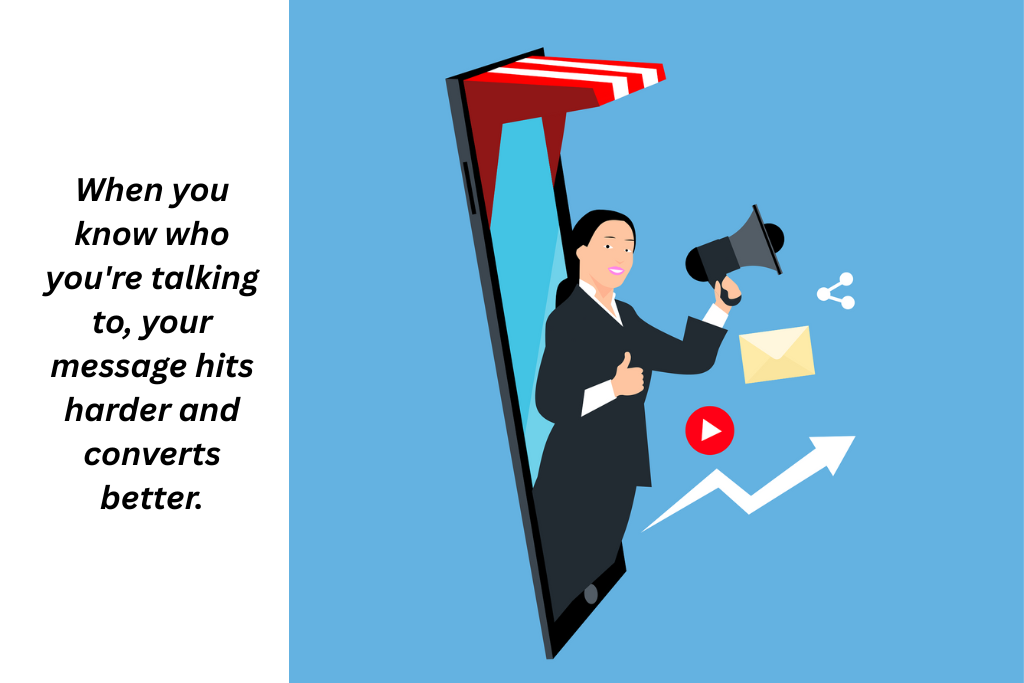
Step 1: Understand Your Audience Deeply
The first step is to create a detailed buyer persona. This process includes getting insights about the customer’s demographics, pain points, and buying behavior.
Creating a Buyer Persona
Connect your Google Maps Reviews Scraper template to a tool (could be Google Sheets + Apps Script, Python scripts, or automation tools like Apify, Hex). Input a keyword in Google Maps to find the business that matches. Extract customer reviews from their listings. Analyze the reviews to see how customers are reacting to products.
Use Google Business Reviews to analyze how customers are reacting to your different products. What are the preferences to buy, and which products do they avoid? This tool also helps to analyze the competitors’ data as a source to identify common pain points and preferences of potential customers.
This analysis will help you understand products available in your targeted market, customer preferences, gaps in competitors’ offerings, and how you can fill those gaps by creating hyper-personalized sales content to showcase your product.
Use this data to create your buyer persona. This involves creating a semi-fictitious representation of users
- Behavior
- Motiation
- Obectives
You can also use CRM for this purpose. CRM helps you to locate the destination of potential customers and identify their behavior patterns. This tracking automatically collects relevant information about the customers, their needs, and tracks lead score by tracking your ideal customer in the sales funnel.
In this data, isolate customers who haven’t bought recently and plan a strategy of special promotion for those customers, such as unique offer codes for a discount or free shipping. Optimize your sales process, including collecting and analyzing data and understanding the buyer’s journey.
Creating Audience Segments
Based on this persona, segment your larger audience into smaller, more specific groups. These groups are based on different characteristics that allow you to target, personalize marketing strategies, and communicate with them more effectively. These groups are segmented and regularly updated on geographic, demographic, behavioral, and psychographic criteria. To create hyper-personalized sales content, don’t go broad. Instead, segment your audience and tailor content according to their specific needs.
- Define your target audience and divide them into segments. This requires you to research to clearly understand your customers.
- Set clear goals, such as your short-term goals include boosting traffic or engagement. Your long-term goals inc;ude building trust or increasing conversions.
- Invest in tools like CRMs and Customer Data Platforms (CDPs). These are used to organize data, create segments, and send personalized messages across different channels.
- Customize your content for each segment to build stronger connections and increase engagement and conversions.

Step 2: Gather the Right Tools
Grab the right tools to help you customize the experience for each user and increase conversions. Here are the top marketing personalization tools to take a look at.
Tools for Customer Data Management
CRM platforms such as HubSpot or Salesforce are best for customer data management. There are four types of CRM systems. Whether your target is a B2B or B2C audience, choosing the right CRM systems will give you an edge on delivering an optimum customer experience while closing more deals. So here’s a brief description of each with its purpose
| Operational | Include sales CRMs and focus on automating and streamlining a company’s processes for customer relationships |
| Analytical | Include data mining, organizing, securing, and managing large volumes of data. These CRMs collect and analyze customer data and offer data-driven insights |
| Collaborative | These CRMs manage communication channels like email, phone, and social media. They help in optimizing sales strategies and help improve communication between departments. These tools also ensure that everyone aligns with management and strategy expectations. |
| Strategic | Strategic CRM software provides a comprehensive solution for managing customer relationships and optimizing business processes. |
AI Tools for Automation
| AI Assistants (Chatbots | Gemini, DeepSeek, Grok, ChatGPT, Claude |
| App Builders & Coding | Bubble, Bolt, Lovable, Cursor |
| Project Management | ClickUp, Asana |
| Marketing | AdCreative |
| For personalization | Copy.ai, Hyperise, and Mutiny for dynamic content |
| Image Generation | GPT-4o, Midjourney |
| Social Media Management | Vista Social, FeedHive |
| Video Generation and Editing | Synthesia, OpusClip, Runway, Filmora |
Step 3: Craft Content Based on Buyer Journey Stages
Crafting a hyper-personalized sales content requires you to consider different stages of the buyer’s journey. Then, by using the above-suggested strategies and tools, create three stages of sales content.
- The first stage is awareness, where you create personalized blog posts, educational content.
- The second is consideration in which you practice custom case studies, comparison guides addressing specific needs.
- The third is a decision where you persuade the audience to buy your products or services by sending them tailored emails, demos, and free trials with personalized offers.

Step 4: Personalize Your Messaging
In this step, you first analyze the existing messaging personalization tactics by taking a closer look at your current marketing strategies, campaigns, and their outcome. You need to ensure that if you are
- Engaging communication with customers at every stage of their buyer’s journey?
- Customizing your messages
- Using all essential platforms to connect
- Evaluating campaign performance
- Using new ideas
In a world of automation, personalization is the real differentiator. By applying these strategies and using suitable tools consistently will get a boost to your revenue and make you stand out among your competitors.
Conclusion
The importance of investing in hyper-personalized content cannot be denied. If you are a beginner and want to create hyper-personalized sales content, then start small and scale as you get more comfortable.



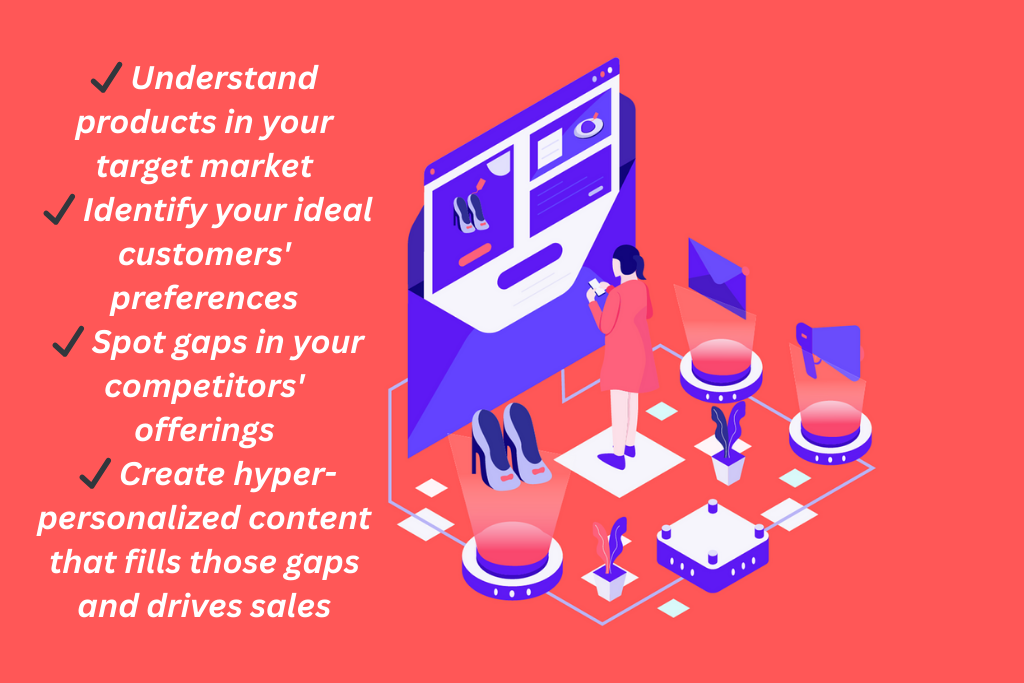
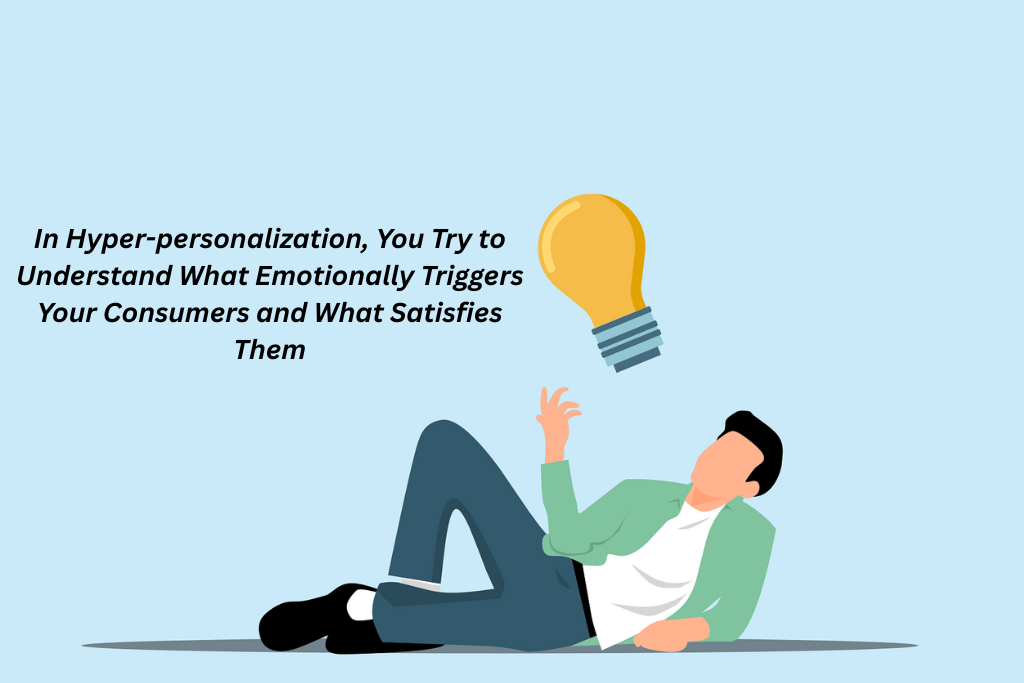

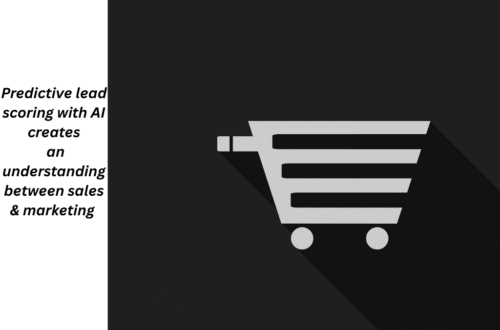
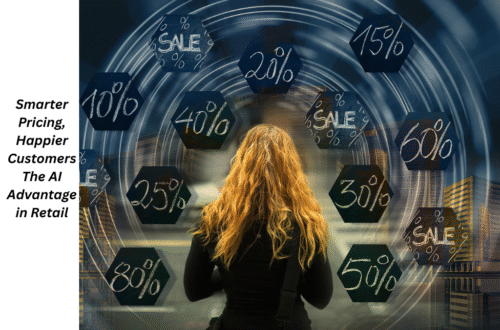
2 Comments
Pingback:
Pingback: